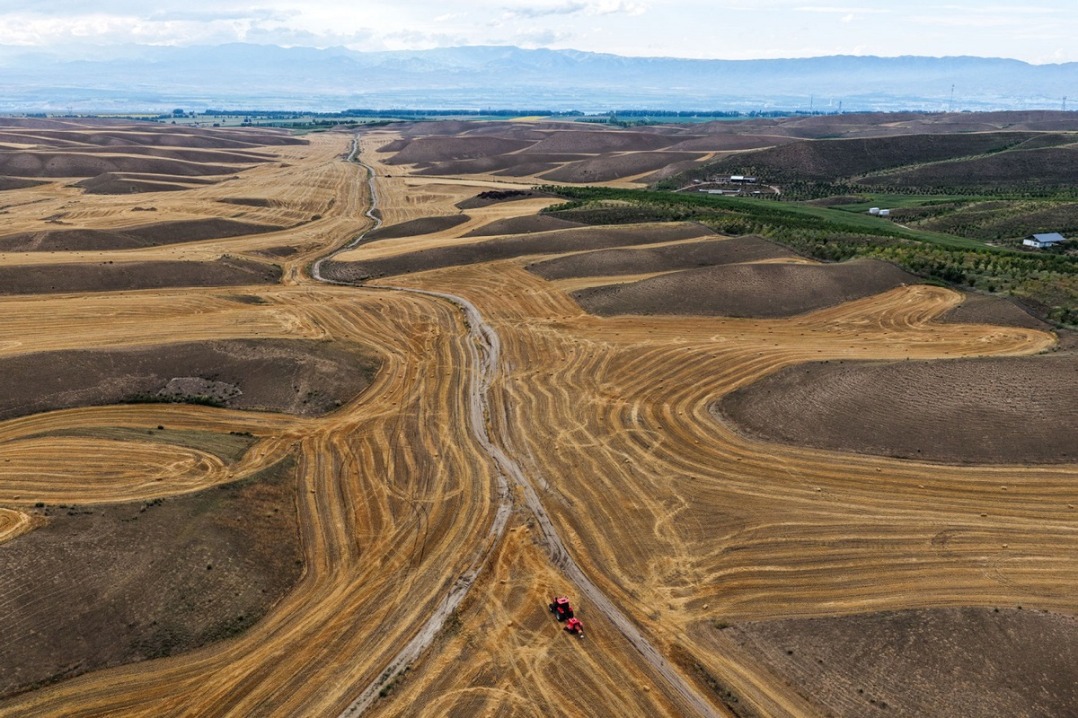Chinese researchers develop air toxicity monitoring system

BEIJING -- A group of Chinese researchers has developed a novel air toxicity monitoring system (ATMS) to conduct real-time and online monitoring of the health effects of air pollution, according to the Science and Technology Daily on Wednesday.
By monitoring changes in biomarkers in the exhaled gas of rats, the level of air pollution can be determined, thereby assessing the impact on human health.
Using this system, two large-scale monitoring campaigns were continuously conducted across 13 cities in China from winter 2023 to spring 2024. In characterizing the overall health impact of air pollution, a novel Air Toxic Index (ATI) was developed using eight breath-borne biomarkers from the rats, including volatile organic compounds, carbon dioxide, and carbon monoxide.
Significant differences in diurnal patterns of the ATI were observed across these cities, according to the recent research article published in the journal Environmental Science and Technology.
Histopathologic changes in the rats' lungs further validated the differential health effects of real-world air pollution from different cities.
The ATMS realized the in vivo detection of air toxicity in contrast to the traditional protocol of air sampling, exposure, and offline toxicity analysis steps.
- Ethnic integration on the grassland
- China renews alerts for rainstorms, high temperature
- Beijing restores power, communications, water-supply to flood-hit villages
- Helicopter sightseeing project takes off over Wuliangsu Lake
- Court calls for judicial aid to inspire innovation
- Actions of J-10C fighter jet shown on TV





































